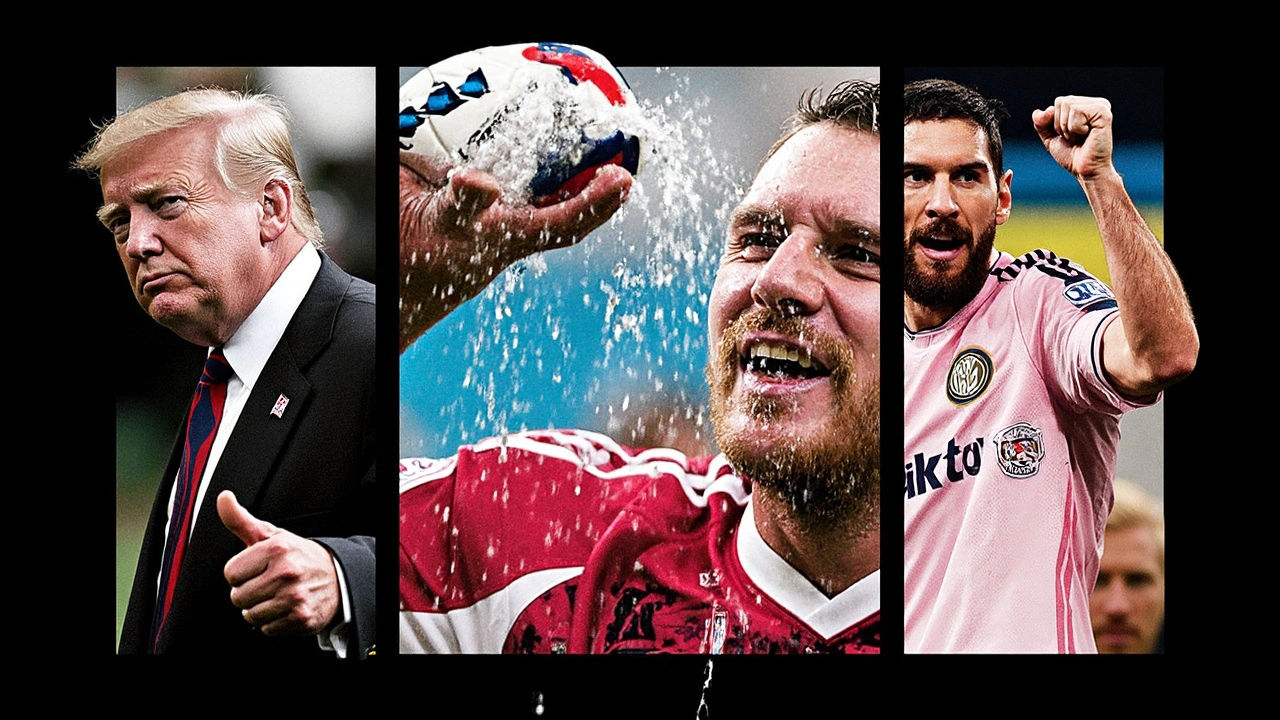Player Fatigue: What It Means for Every Game
Ever watched a match where a star looks slow or makes weird mistakes? Chances are fatigue is the hidden culprit. When players run, jump and sprint for 90 minutes, their bodies drain energy fast. That drop in stamina can change the whole outcome of a game.
Why Fatigue Happens
Most fatigue comes from three things: too many games in a short span, not enough rest, and intense training sessions. Look at Jayson Tatum’s Achilles injury – a tired muscle is more likely to snap when it’s over‑used. Even a simple sprint can feel like climbing a hill if the player didn’t recover properly after the last match.
Travel adds another layer. Teams flying across time zones, like Flamengo vs Internacional in the Copa Libertadores, often arrive with jet lag. Their bodies haven’t adjusted, so they get tired quicker on the field. That’s why you see slower passes and missed tackles late in the second half.
Managing Fatigue on the Field
Coaches use several tricks to keep players fresh. Substitutions are the most obvious – bringing a fresh leg onto the pitch can shift momentum instantly. But it’s not just about swapping out tired legs; it’s also about pacing during training.
Recovery routines matter too. Ice baths, compression garments and proper nutrition help refill energy stores faster. Players like Messi often talk about post‑match massages to loosen tight muscles that could otherwise turn into fatigue‑related injuries.
Technology plays a role now as well. Wearable trackers measure heart rate variability and tell staff when a player is pushing too hard. When data shows a drop in performance metrics, coaches can dial back the intensity for that individual.
If you’re a fan who wants to understand why your team looks sluggish, watch the bench. The number of changes, the timing of those changes, and even how often a manager rotates the squad give clues about fatigue management.
For athletes themselves, simple habits make a big difference: getting at least 8 hours of sleep, staying hydrated, and eating carbs after games to restore glycogen. Skipping these basics can turn a minor slump into a full‑blown injury like an Achilles tear.
In summary, player fatigue isn’t just “being tired.” It’s a mix of physical strain, travel stress and inadequate recovery that can decide wins or losses. Teams that master rest, rotation and smart tech stay ahead, while others risk costly injuries and dropped points.

2025 Club World Cup Warnings: Heat, Fatigue, and Logistics Threaten 2026 World Cup Ambitions
Jul 31, 2025 / 10 Comments
The 2025 Club World Cup in the U.S. exposed worrying problems ahead of the 2026 World Cup, including dangerous heat, overloaded football calendars, logistical headaches, and sparse crowds. As cities like Philadelphia chase big economic payoffs, the pressure is on FIFA to fix these issues before the world's biggest football event arrives.
READ MORERECENT POSTS
- Chelsea Fan Discord Over Potential Hiring of Enzo Maresca as Manager
- Chelsea vs Nottingham Forest: Final‑Day Lineup and Champions League Race
- Blackburn Rovers Edge Preston North End 2-1 in Lancashire Derby
- Curaçao Makes History with First-Ever World Cup Qualification After 0-0 Draw in Jamaica
- FC Barcelona vs Manchester City: Preseason Friendly Clash in Orlando Set to Thrill Fans
